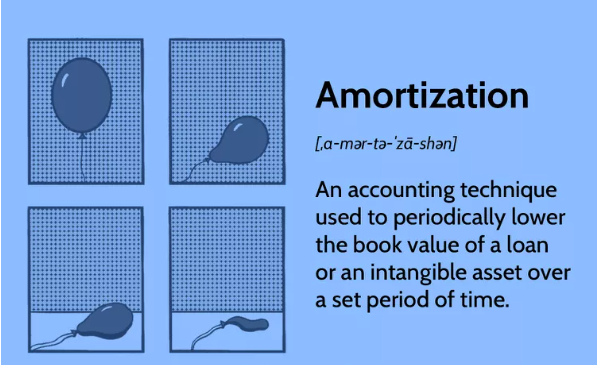What Is a Loan Amortization Schedule and How Do You Read One?
If you’ve ever taken out a loan or plan to borrow in the future, chances are you’ve come across the term “amortization schedule.” It might sound like financial jargon, but understanding how it works can save you money, help you plan your budget, and give you more control over your loan repayment strategy.
In this post, we’ll explain what a loan amortization schedule is, why it matters, and how to read one like a pro.
What Is a Loan Amortization Schedule?
A loan amortization schedule is a detailed table that shows how each loan payment is split between:
-
Principal – the amount you originally borrowed
-
Interest – the cost of borrowing, based on your interest rate
Over time, this schedule reveals how your loan balance decreases with each payment, typically on a monthly basis.
How Amortization Works
In an amortized loan:
-
Your monthly payment stays the same.
-
In the early stages of the loan, a larger portion of each payment goes toward interest.
-
As time passes, more of your payment goes toward reducing the principal.
This balance shift happens automatically—and it’s what keeps your payments consistent while your debt shrinks.
What’s Included in an Amortization Schedule?
A typical amortization schedule includes the following columns:
| Payment # | Payment Amount | Interest Paid | Principal Paid | Remaining Balance |
|---|---|---|---|---|
| 1 | $500 | $300 | $200 | $9,800 |
| 2 | $500 | $295 | $205 | $9,595 |
| … | … | … | … | … |
Here’s what each column means:
-
Payment # – The number of each payment (e.g., 1st, 2nd, 3rd, etc.)
-
Payment Amount – The total amount due monthly (includes both interest and principal)
-
Interest Paid – How much of that payment goes to interest
-
Principal Paid – How much reduces your loan balance
-
Remaining Balance – What’s left to pay on the loan after the payment
Example: Let’s Break It Down
Let’s say you borrow $10,000 at a 6% fixed interest rate for 3 years (36 months).
Your monthly payment would be about $304.22.
In your first month:
-
Interest = $10,000 × 6% ÷ 12 = $50
-
Principal = $304.22 – $50 = $254.22
-
New balance = $10,000 – $254.22 = $9,745.78
By the final payment, nearly all of the $304.22 goes toward the principal—because interest has decreased as the balance shrinks.
✅ Why Understanding Amortization Schedules Matters
-
Budget Planning
Know how much of your payment reduces your debt vs. pays interest. -
Early Repayment Strategy
If you want to pay off the loan early, you can target the principal directly to reduce interest faster. -
Loan Comparison
Comparing amortization schedules helps you choose the loan with the best overall cost—not just the lowest monthly payment. -
Interest Savings
Seeing how interest builds up over time can motivate you to make extra payments and pay less in the long run.
Tips for Using Your Amortization Schedule Effectively
-
Make extra payments toward principal: This reduces your balance faster and saves on interest.
-
Avoid prepayment penalties: Some loans charge fees for paying off early read your agreement carefully.
-
Use online amortization calculators: Tools like Bankrate or NerdWallet make it easy to generate schedules.
Final Thoughts
An amortization schedule isn’t just a spreadsheet it’s a roadmap of your debt. Understanding how to read it empowers you to manage your loan wisely, plan your finances better, and potentially save hundreds or even thousands in interest.
Before taking out any loan, ask for an amortization schedule from your lender or use an online calculator to generate one yourself. It’s one of the most valuable tools in a borrower’s toolkit.


